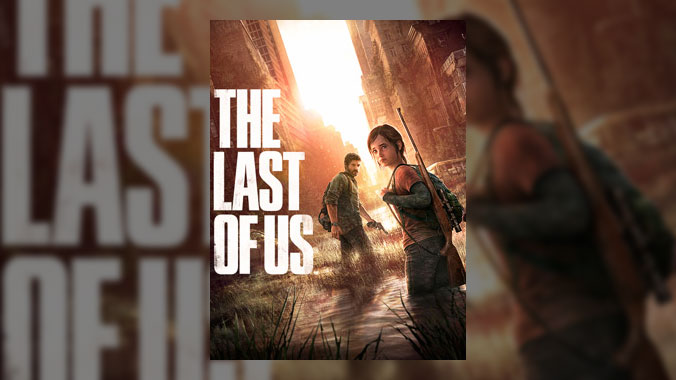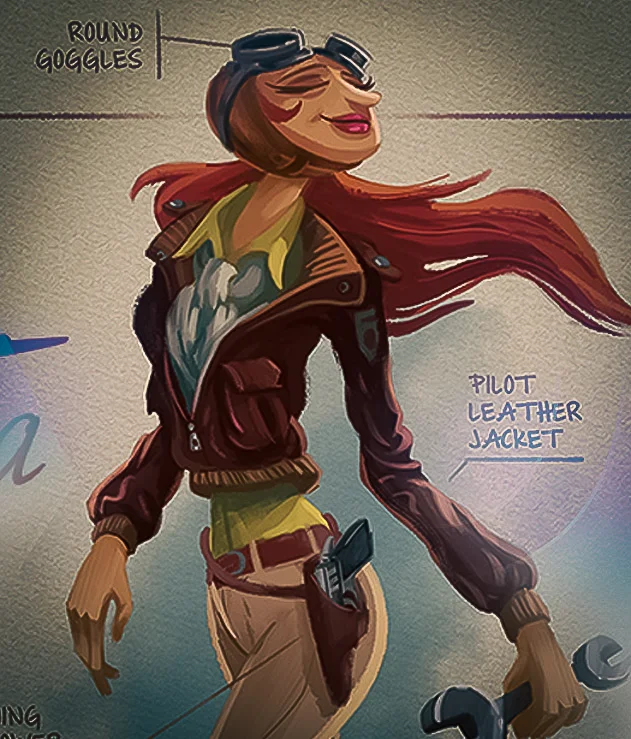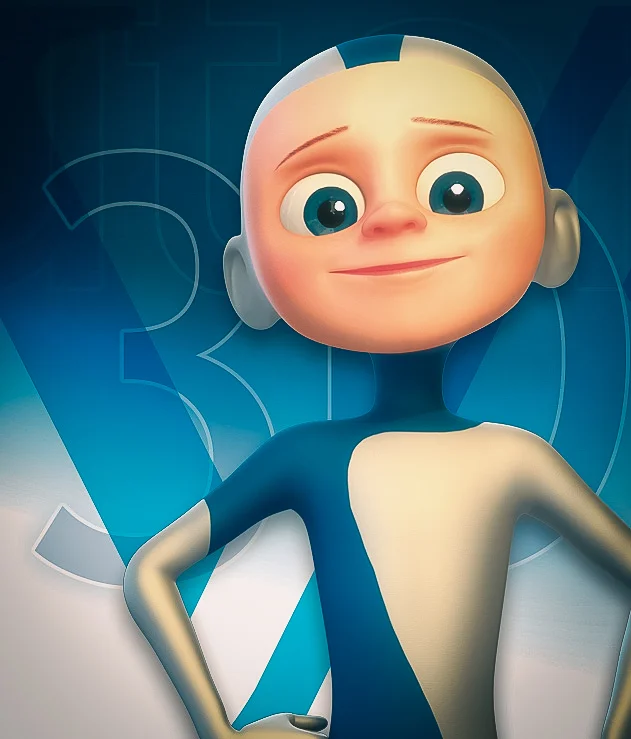 Image: The Last of Us (Wikipedia)
Image: The Last of Us (Wikipedia)
Author: VANAS Team
The Power of The Last of Us Part II Video Game
Table of Contents
- Why This Game Shook the World
- Joel’s Death and the Shock Factor
- Reactions From Fans: Love, Hate, and Review Bombs
- The Weight of Ellie’s Journey
- Animation and Storytelling in Games
- Missed Opportunities and Lost Potential
- What This Means for the Future of Story-Driven Games
- Frequently Asked Questions
Why This Game Shook the World
When The Last of Us Part II was released, it wasn’t just another video game sequel—it was an emotional earthquake. Players expected a continuation of Joel and Ellie’s bond, wrapped in thrilling action and post-apocalyptic struggle. But what they got instead was a dark, challenging story about trauma, revenge, and the weight of choices.
This wasn’t just a game—it was an experience. A lot of that experience was brought to life through high-level animation and cinematic storytelling, which helped players feel every gut-punch moment.
Joel’s Death and the Shock Factor
Joel's unexpected and brutal death early in the game stunned fans. It wasn’t just that he died—it was how fast and unceremoniously it happened. One minute you’re playing as the rugged protector from the first game, and the next, you’re watching him die at the hands of Abby, a new character with her own painful past.
This moment hurt because players had spent the first game growing attached to Joel. His voice, his personality, his way of caring for Ellie—these details built a bond that made losing him feel personal. For many, this felt like more than a plot twist. It felt like betrayal.
Reactions From Fans: Love, Hate, and Review Bombs
The backlash was immediate. Some gamers flooded online platforms with bad reviews. Others attacked the game's creators on social media. But not everyone was upset about Joel’s death. Many critics and fans praised the game for taking risks, going deeper into its characters, and exploring the emotional consequences of violence.
It wasn’t just the death that upset some fans—it was also the fact that Ellie’s character was evolving into something darker. And for some players, it was uncomfortable seeing two female leads and a queer relationship front and center in a big-budget video game. Some of the review bombing had more to do with prejudice than the actual quality of the story.
The Weight of Ellie’s Journey
The Last of Us Part II centers around Ellie, not Joel. We watch her deal with her grief, anger, and the overwhelming urge to get revenge. The game pulls players into her pain. Every decision feels heavy. Every act of violence feels like it has a cost.
The animation here does more than make characters look real—it brings their emotions to life. Ellie’s expressions, the way her eyes change when she’s hurting or angry, how her body reacts to trauma—all of it helps players connect with her, even when her choices are hard to accept.
VANAS Online Animation School offers Animation, Visual Effects, and Video Game programs. To launch your career, visit https://www.vanas.ca
Animation and Storytelling in Games
One of the most powerful things about this game is how it uses animation to tell its story. It's not just about graphics or realism—it's about emotion. The smallest facial expressions, body language, or background movement can add layers to a scene.
For students dreaming of working in games, this shows how powerful animation can be. It’s not just drawing—it’s storytelling. When done right, animation can make characters feel human, even in a fictional, post-apocalyptic world.
“We don’t just lose Joel when he dies. We lose a large part of what made Ellie special.” That quote hits hard because it reminds us of how much connection can exist in a digital world when artists know how to create emotion.
Missed Opportunities and Lost Potential
Even though the game tells a gripping story, some fans and critics feel like it skipped something important. The first game ended with Joel making a huge, questionable choice. He saves Ellie but lies to her about it, and we’re left with her confused expression.
Many hoped Part II would deal with that lie—Ellie’s reaction, Joel’s guilt, their struggle to talk it through. Instead, the story jumps forward. Joel is killed early, and those emotional moments are left to flashbacks.
This was a missed opportunity. Instead of deep conversations and healing, the game gave us pain and more pain. Ellie’s romantic connection is also brushed over, and the story spends more time on revenge than love. In doing so, the sequel loses some of the heart that made the original so unforgettable.
What This Means for the Future of Story-Driven Games
What The Last of Us Part II did, though, was open the door for more complex video game stories. It proved that games can ask difficult questions. That characters don’t have to be perfect. That emotional animation, deep writing, and bold choices can create unforgettable experiences.
For young people thinking about joining the game industry, this is exciting. It shows that games aren’t just about explosions and high scores—they can be about life, loss, love, and regret.
And to make those moments real, the industry needs animators who understand emotion, writers who understand people, and artists who care about storytelling.
VANAS Online Animation School offers Animation, Visual Effects, and Video Game programs. To launch your career, visit https://www.vanas.ca
Frequently Asked Questions
Why did some fans dislike The Last of Us Part II?
- Some fans were upset about Joel’s sudden death, the darker story tone, and changes in gameplay. Others were angry due to personal biases about the characters’ gender and relationships.
What makes this video game so emotional?
- The game uses strong storytelling, music, voice acting, and detailed animation to connect players with the characters on a deep emotional level.
How does animation affect storytelling in games?
- Animation brings characters to life. It shows emotion, makes environments feel real, and helps tell stories without words.
Is Ellie the main character in the sequel?
- Yes. In Part II, Ellie becomes the main focus, and the story follows her personal struggles and choices.
What can aspiring animators learn from this game?
- They can learn how to create emotion through character design and movement, how to build atmosphere with visuals, and how animation supports storytelling.
Can video games be art?
- Absolutely. Games like The Last of Us Part II prove that video games can tell stories as powerful as any movie or book—with animation as a key tool.







